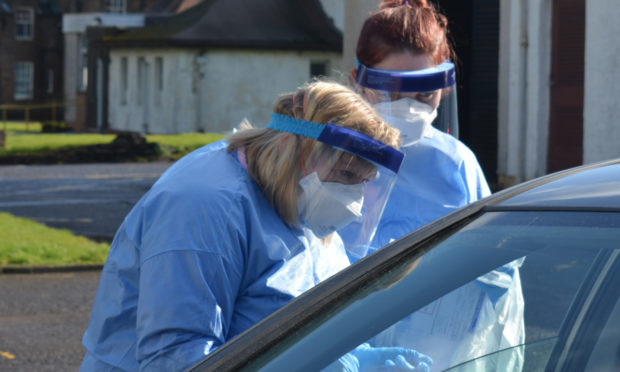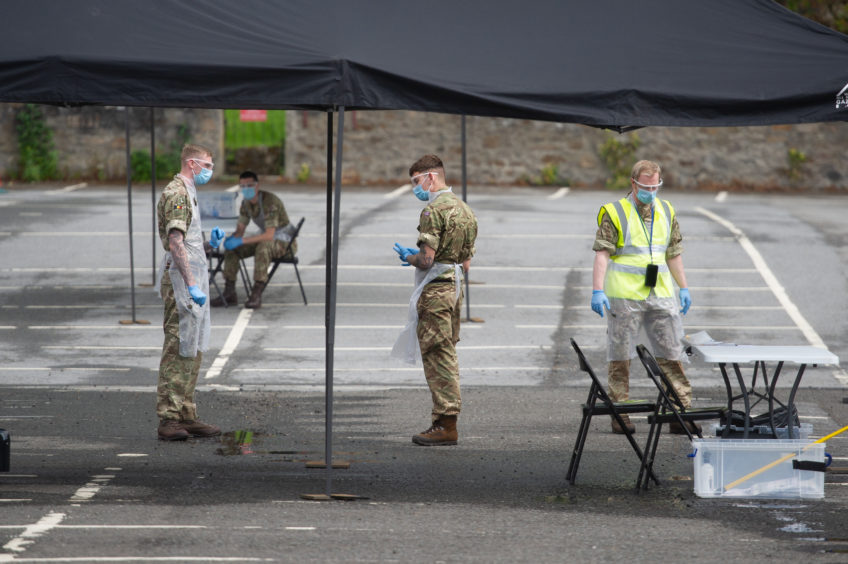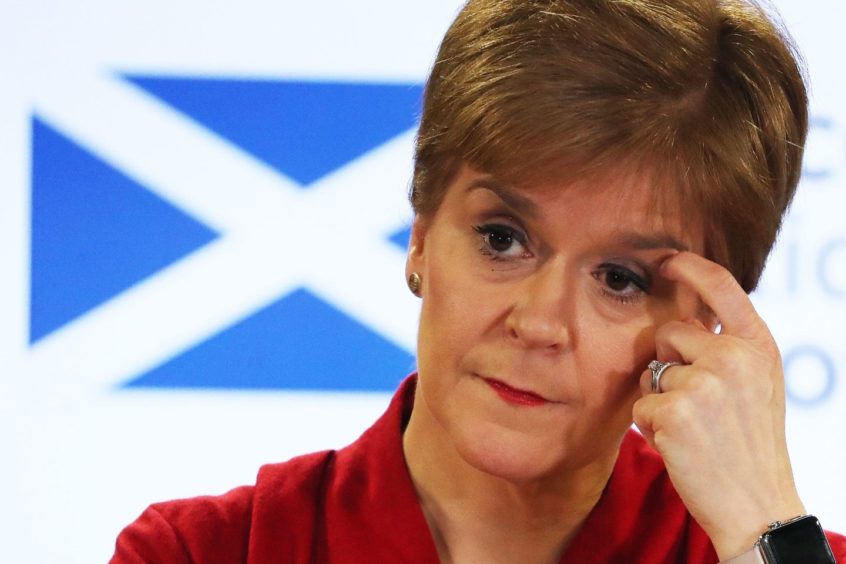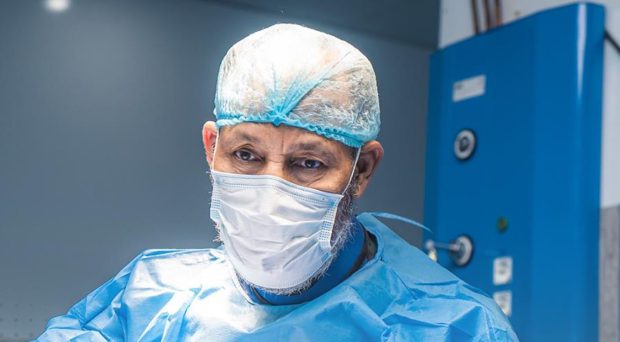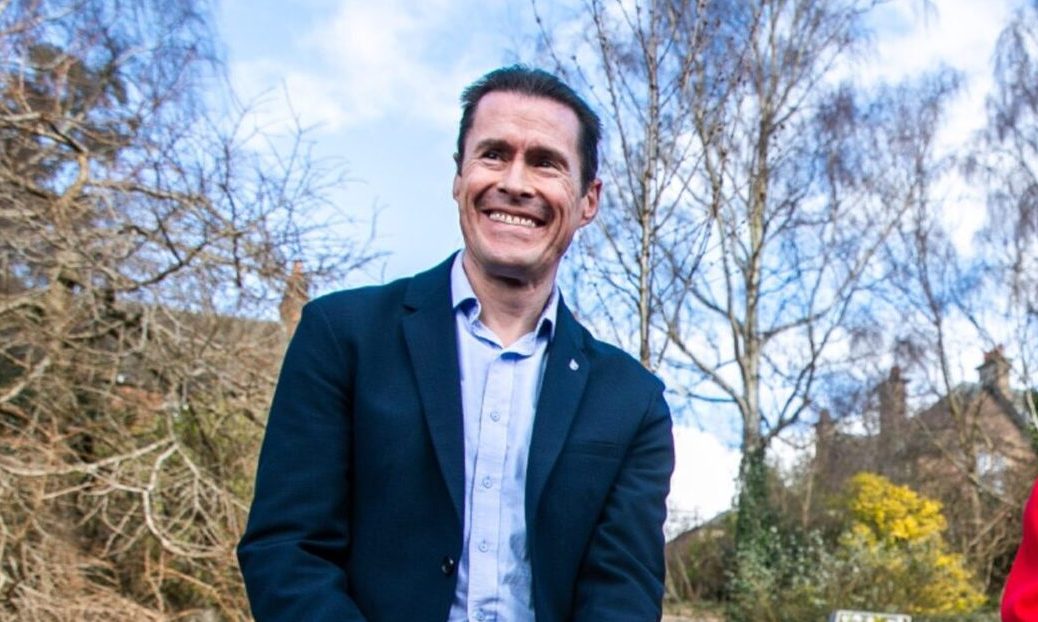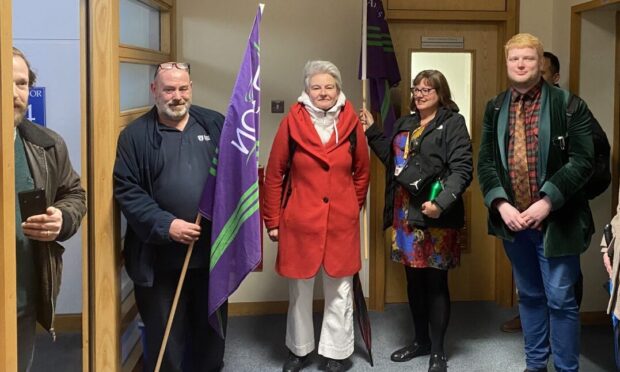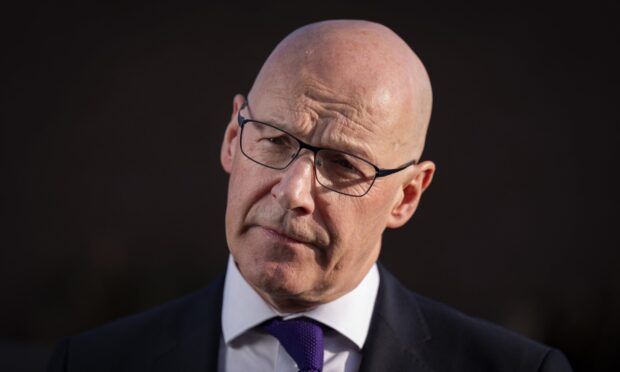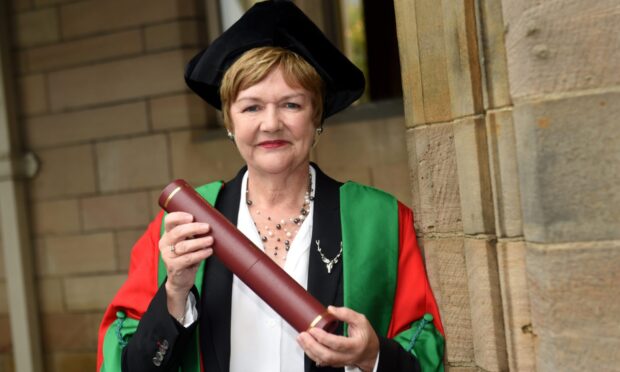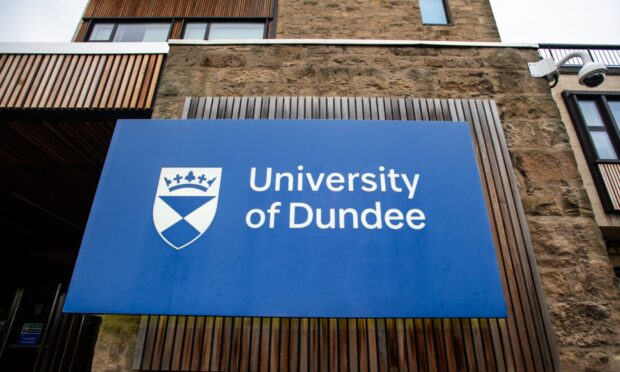From this Thursday, a pivot in the way the Scottish Government tackles the coronavirus will take place with the roll-out of Test and Protect.
Test and Protect, or test, trace, isolate (TTI) as it is also known, will become an “important tool in the tool-box” as part of efforts to suppress the virus’ spread.
First Minister Nicola Sturgeon said it would be the largest testing programme – on a “scale not seen before”.
Scotland now has a testing capacity of more than 15,000 and will have 2,000 contact tracers by the end of the month, though she said she expects only about 700 will be needed.
The policy has been carried out in countries including South Korea, a country that recorded more than 11,500 positive cases and 269 confirmed deaths.
What is Test and Protect?
From Thursday, anyone displaying coronavirus symptoms – which include a loss of taste and smell, new cough or fever – will be asked to contact the NHS via the inform website or by calling 0800 22 44 88.
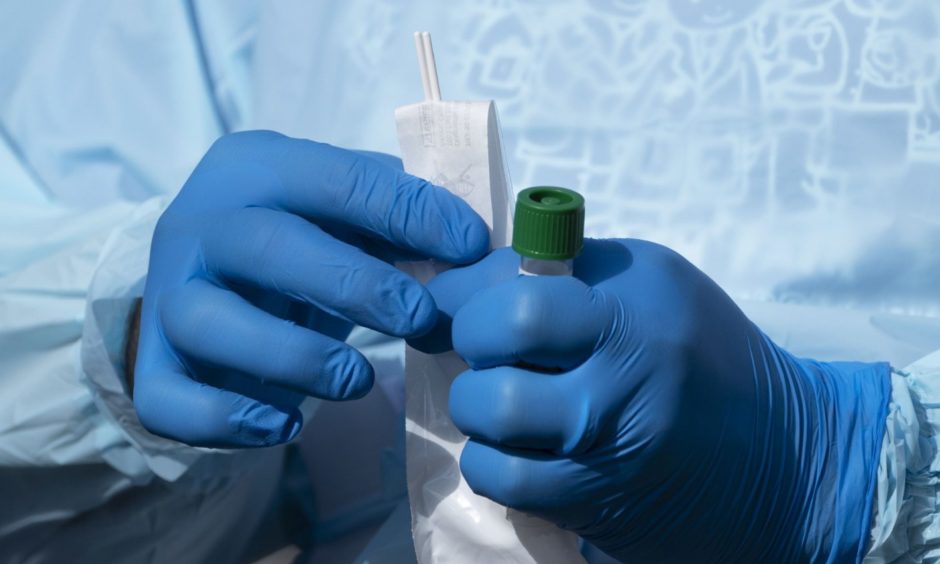
From there, advice will be given as to whether the patient will be sent to a testing centre, have a home-test kit sent via the post or a health professional visit them at home to carry out the test.
How are tests carried out?
The test is conducted by swab, taken from inside the nose (with the swab being pushed up a nostril) or from the back of the throat.
Swabs will be taken to nearby laboratories, with Health Secretary Jeane Freeman already suggesting the government will try to make sure test sites are kept local.
What happens if I test positive?
If the test returns positive, patients will be asked to isolate at home, as per current guidelines.
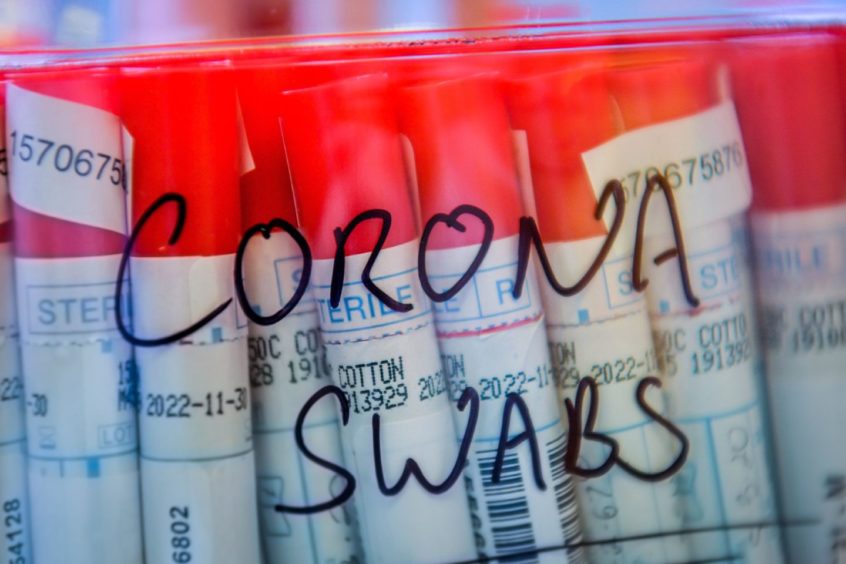
The names of everyone who has come into contact with a patient – fellow house dwellers, persons who have had face-to-face contact and anyone who has stood beside them for more than 15 minutes, even at a two-metre distance – will be requested by NHS Scotland’s new “trace team”.
Those contacted will then be asked to isolate for 14 days, or get themselves tested if they develop symptoms.
Will I know who gave me coronavirus?
Patient privacy means the name of the source of the virus will not be given, so if you are contacted to say you have come into contact with a carrier, you will not be told who that person is.
If a person is contacted to say they have come into contact with the virus while at work, they will be told to go home.
Ms Sturgeon said there would have to be “trust in the system” for it to work at its most efficient.
Will work still pay me?
Ms Sturgeon said the Scottish Government was in constant contact with the UK Government to ensure “employment rights and entitlement to benefits, including statutory sick pay, take account of the fact that people might be off work or unable to attend appointments through no fault of their own”.
Holyrood will also publish guidelines for Scottish employers to make sure they “protect” their employees having to isolate as a result of Test and Protect.
Will I definitely get the disease?
Contact from a member of the trace team is not an automatic indicator that person will test positive for coronavirus.
That being said, the person contacted will be expected to self-isolate for a fortnight, including not leaving the house to go to the shops or meet other family members outside the household.
Ms Sturgeon warned being asked to isolate could happen more than once, over the coming months, adding some people will have to stay indoors while others are allowed out.
Who will know I have had a test?
The First Minister insisted the Scottish Government, or any other party other than NHS Scotland, would have access to medical records, including coronavirus test results.
Tests will be transported via courier, but they will not have access to results or samples, Ms Sturgeon assured.
